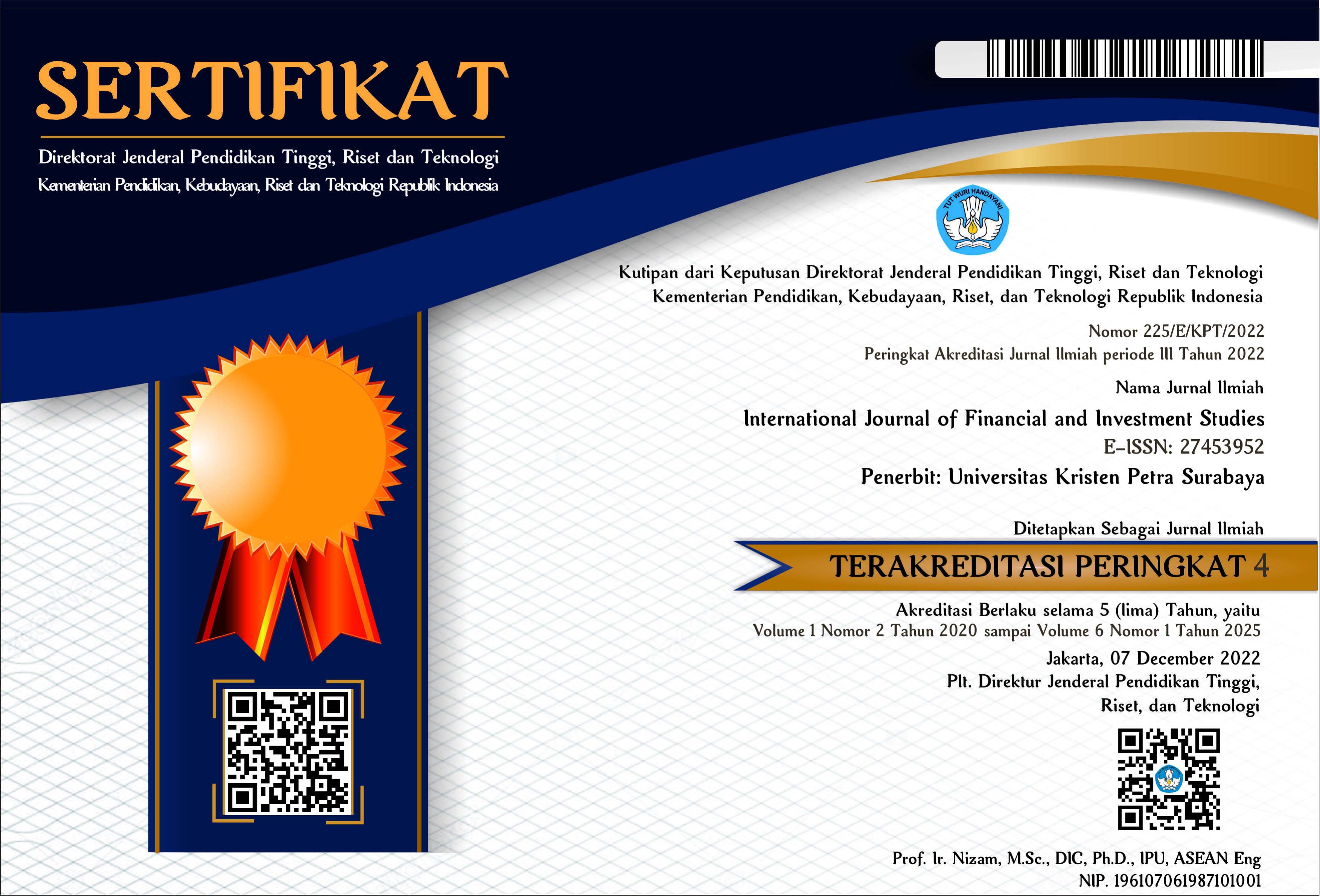WILLINGNESS TO PAY FOR TOURISTS TAX IN PREMIUM DESTINATIONS: LABUAN BAJO CASE STUDY
Abstract
The government is trying to break away from dependence on the exploitation of natural resources, so in recent years, it has focused on tourism. The Covid-19 pandemic has greatly impacted the tourism sector, but in 2022 the level of foreign tourist visits to Indonesia is slowly starting to improve. Labuan Bajo is one of the areas targeted by the government to be developed in the tourism sector to make premium destination spots, in supporting the existence of tourism, various infrastructures are built so that they can become world-class destinations. In addition, Labuan Bajo also offers natural tourism products that require sustainability to maintain their natural habitat and certainly require considerable costs in conducting regular monitoring and maintenance. The existence of high development and operational costs, the government needs to find ways to obtain optimal state revenue, especially in terms of taxes charged to tourists. The revenue obtained from the tourism tax is a very important financial source for the government and tourism authorities to ensure the sustainability of the tourism sector and can improve the quality of destinations given to visitors to tourist attractions. In an effort by tourism policymakers to create an efficient and fair tax system in tourist destinations, it is very important to understand tourists' perceptions of willingness to pay (WTP), tax rates, and optimal allocation. This research is a qualitative study, and the purpose of this study is to evaluate the tourism tax charged to tourists as compensation to get optimal regional income and to measure the willingness to pay tourists. The ability to pay is necessary to know how much the government can attract taxes to get optimal local revenue but not be too burdensome for tourists. This research will also explore tourist perceptions regarding taxes and what things need to be developed so that absorption from state and regional budgets can be effective in developing destination areas, especially in a sustainable manner. The approach used in data collection using semi-structured in-depth interviews with international tourists visiting Labuan Bajo, East Nusa Tenggara. This research is expected to be used by policymakers to understand the optimal value of tourism taxes to be able to develop their regions.
Downloads
References
Abdalla, J. O., & M. K. Bengesi, K. (2018). Factors Influencing Tourism-Horticulture Linkage among Smallholder Farmers in Zanzibar. International Journal of Humanities and Social Science, 8(6), 105–113. https://doi.org/10.30845/ijhss.v8n6a12
Ashley, C., Goodwin, H., Mcnab, D., Scott, M., & Chaves, L. (2006). Making Tourism Count for the Local Economy in the Caribbean Guidelines for Good Practice Funded by UK Travel Foundation with Assistance from CRSTDP and EU First Choice and TUI. Retrieved April from. www.propoortourism.org.uk/
Ashley, C., Boyd, C., & Goodwin, H. (2000). Natural Resource Perspectives Introduction: Putting Poverty at The Heart of The Tourism Agenda. Overseas Development Administration, (March 2000)51.
Cetin, G. (2014). Sustaining Tourism Development through City Tax: The Case of Istanbul. E-Review of Tourism Research, 11(1–2), 26–41.
Indah, P. N., Setiawan, R. F., Hendrarini, H., Yektingsih, E., & Sunarsono, R. J. (2021). Agriculture Supply Chain Performance and Added Value of Cocoa: A Study in Kare Village, Indonesia. Bulgarian Journal of Agricultural Science, 27(3), 487–497.
Liu, S. Y., Yen, C. Y., Tsai, K. N., & Lo, W. S. (2017). A Conceptual Framework for Agri-Food Tourism as an Eco-Innovation Strategy in Small Farms. Sustainability (Switzerland), 9(10), 1–11. https://doi.org/10.3390/su9101683
Rueegg, M. (2009). The Impact of Tourism on Rural Poverty through Supply Chain Linkages to Local Food Producers in the Bolivian Altiplano Msc in Development Studies 2009.
Siagian, R. A., Berybe, G. A., & Panjaitan, T. W. S. (2021). Crisis Management in Managing Hotels in Labuan Bajo During the Covid-19 Pandemic. Budapest International Research and Critics Institute (BIRCI-Journal): Humanities and Social Sciences, 4(3), 4163–4172. http://bircu-journal.com/index.php/birci/article/view/2190
Szpilko, D. (2017). Tourism Supply Chain – Overview of Selected Literature. Procedia Engineering, 182, 687–693. https://doi.org/10.1016/j.proeng.2017.03.180
Thomas, R., & Shaw, G. (2011). Understanding Small Firms in Tourism: A Perspective on Research Trends and Challenges. Tourism Management, 32(5), 963-976. https://doi.org/10.1016/j.tourman.2011.02.003
Torres, R. (2003). Linkages between Tourism and Agriculture in Mexico. Annals of Tourism Research, 30(3), 546–566. https://doi.org/10.1016/S0160-7383(02)00103-2
World Tourism Organization. (2004). Indicators of Sustainable Development for Tourism Destinations. Tourism's potential as a sustainable development strategy. Proceedings from the 2004 WTO tourism policy forum at the George Washington University, Washington, DC, USA, 18-20 October 2004.
Authors who publish in this journal agree to the following terms:
- Authors retain unrestricted copyright and full publishing rights. The authors grant the Publisher the right of first publication, with the work simultaneously licensed under the terms and conditions of the Creative Commons Attribution 4.0 International License.
- Authors can enter into separate, additional contractual arrangements for the non-exclusive distribution of the journal's published version of the work (e.g., post it to an institutional repository or publish it in a book), with an acknowledgment of its initial publication in this journal.
- Authors are permitted and encouraged to post their work online (e.g., in institutional repositories or on their website) before and during the submission process, as it can lead to productive exchanges and earlier and more extraordinary citations of published work.















